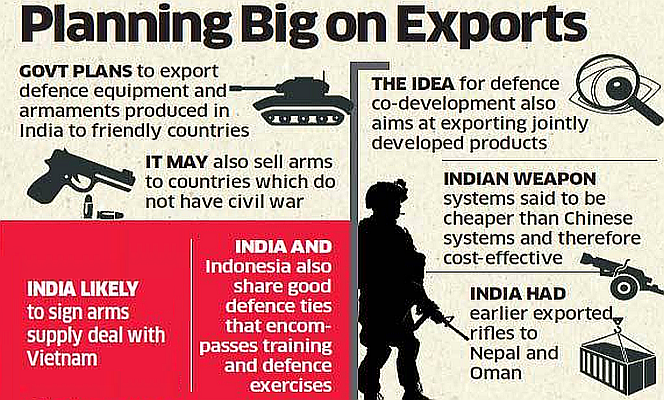Indian sonars to power foreign navies
Navies from Southeast Asian and Latin American countries have shown keen interest in acquiring advanced sonar systems developed by NPOL, a key DRDO lab
Till early eighties, Indian Navy was dependent on British firms to make sonars for its underwater operations. For the uninitiated, sonar is an underwater equivalent of radar, which exploits acoustic energy for detection, localisation, tracking and classification of underwater targets. The design of sonar requires expertise in sensor technology, signal conditioning and processing, electronic packaging, materials technology, ocean acoustics and mechanical engineering.
The modern anti-submarine warfare demands sensor deployment from surface, sub-surface and air. Naval Physical and Oceanographic Laboratory (NPOL), Kochi is one of the major R&D laboratories of Defence Research and Development Organisation (DRDO). Commencing with Advanced Panoramic Sonar Hull Mounted (APSOH) in 1983, NPOL has delivered several sonar systems, such as Panchendriya, Humsa, Mihir etc, which have been fitted on to submarines, surface ships and airborne platforms of Indian Navy. With the Navy showing a keen interest in deploying advanced sonars for underwater surveillance, NPOL is revving up its act for further improvement and development of new configurations of underwater systems in tune with global standards.
According to DRDO officials, the sonar developed for shallow water craft has been designated the HMS-X2. Interestingly, the compact integrated ship sonar system developed by DRDO has attracted interest from Southeast Asian navies as well countries from the Latin America region too. The system, known as the HMS-X2, has been presented to Southeast Asian navies operating 500 to 1,500 tonne surface vessels. The sonar is a compact, export version of the HMS-X being installed on the Myanmar Navy’s Aung Zeya-class guided-missile frigates. They are advanced sonars and BEL and Keltron are the production partners for these sonars.
The sonar system development hinges on advancement in research in the fields of oceanography, underwater transducers, electronics, networking and communication, computer science, signal processing and mechanical engineering. The technologies developed under these are judiciously used for engineering a system to be installed and operated under the harsh marine environments under constraints of space, stress and ambience. These systems demand high amount of reliability and maintainability since operations at sea lasts for several days with minimum maintenance support available at short notice.
Unlike radars, the unpredictability of the ocean medium on acoustic propagation in space and time demands a perfect understanding of ocean parameters through continuous data collection in as real time as ever. Sonar systems are to be operated and results are to be interpreted by trained operators for maximising the performance of the system. With proliferation of sonar in larger number of platforms, creation of a large pool of skilled operators is an essential requirement that needs to be met by the designer in the overall interest of system performance. To provide such manpower skilled in the nuances of usage of a modern sonar, recently emphasis has been given for training through simulators for all new sonar at the concerned naval training schools.
NPOL has acquired the expertise in designing, testing and evaluation of sonar systems over the years. However, complex technologies in transducers, materials and electronics and advanced techniques in oceanography and signal processing is being continuously evolved and being translated into major state-of-the-art sonar systems countering the likely threats posed by stealth and advanced weaponry of adversaries. Standardisation of hardware for building sonar in shorter time periods with higher reliability also have been attempted recently with reasonable success.
NPOL is also producing HUMSA NG Sonars which are deployed on-board naval ships and submarines (Ushus). Advanced Light Towed Array Sonar (ALTAS), Low Frequency Dunking Sonar (LFDS), Advanced Active Cum Passive Hull mounted Sonars, Shallow water sonar, Diver detection and diver deterrence sonars are also under development.
The total feel of a sonar system, as on-board the submarine, is ensured by retaining the entire hardware in the sound room. The simulator provides near actual simulation and the trainee is exposed to all operational regimes of targets and own platform. Simulation of a submarine sonar in its entirety is realised by instructor control station, dual multifunctional consoles, CIMS panel, virtual cabinet, system PC, and simulation stations. The simulator provides exhaustive training on all modes of system operation and maintenance for sonar operators and maintenars.
Source:-
Indian sonars to power foreign navies | The Financial Express








